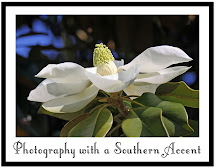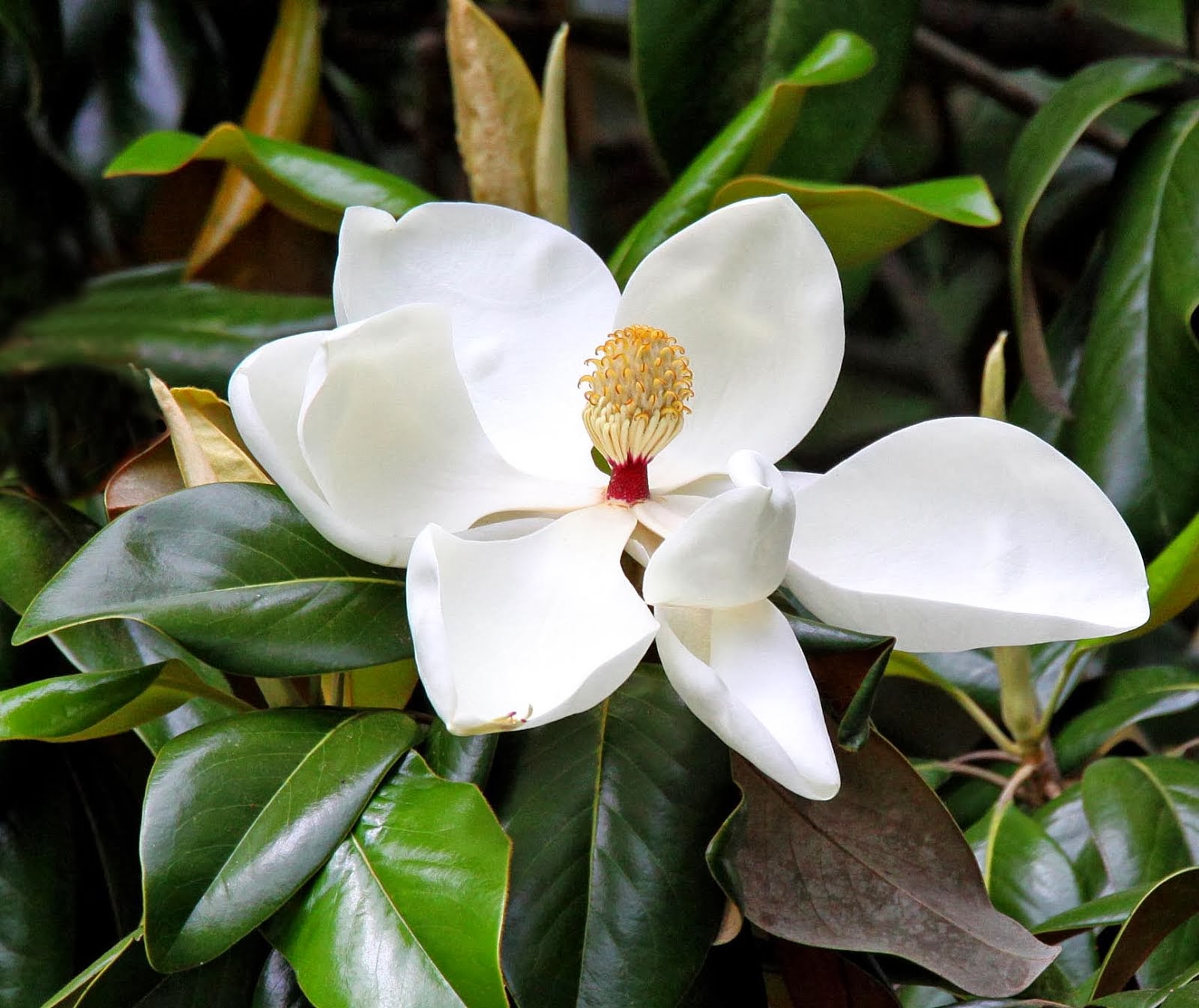This continues my walking photo tour
of the South Cherry Street Historic District of Vicksburg. If you missed Parts
1 and 2, you can read them first by clicking on the following links:
We begin this part of the tour with
this beautiful old house at 2119 Cherry Street,
ca 1875 – One of my favorite houses in the South
Cherry Historic District. A two-story clapboard Italianate house facing
east, with an asphalt-covered gable roof with a cross gable over a projecting
room. The cornice has paired scroll brackets and is denticulated. There are two
brick chimneys: an offset chimney and a flush gable brick chimney. The
one-story porch to the left of the projecting bay has a flat roof supported
with square posts enhanced by applied molding and jigsawn brackets. There are
scroll brackets and dentils at the cornice. A jigsawn balustrade completes the
porch. There are five bays: two floor-length two-over-two double-hung wood sash
with shaped heads; two double-hung two-over-two wood sash; and a center
entrance comprised of glazed double-leaf doors with an arched transom. The
entrance is further enhanced with fluted pilasters and an arched entablature.




This carriage step is in front of the house. I've come across two or three of these in Vicksburg. They were used by the ladies (and gentlemen, too, I suppose) to step up on the trolleys.
2111
Cherry Street, ca 1920 --
A one-story stucco Mission Revival house, facing east, with an asbestos-covered
hip roof. There are two stuccoed end chimneys. The full-width front porch is
recessed under the main roof which is supported with stuccoed columns. The
porch is screened on the right side. A stuccoed Mission-gabled arch is centered
in front of the porch. There are three bays: two pair of nine-over-one double-hung wood
sash and a glazed single-leaf door.

The Old Feld House,
ca 1913
2108 Cherry Street
The Old Feld House is one of the most architecturally significant residences
of early twentieth century Mississippi. It is a significant example of Neo-Classical Revival style, with a rarely-seen degree of finish.
In Mississippi, the Neo-Classical Revival style was most often expressed
in domestic architecture in terms of a lingering Colonial Revival taste.
The Old Feld House is a unique rejection of the lingering Colonial
Revival style. By its use of Palladian arches, piazzas, wide bracketed
eaves, and a prominent blue-tile roof, a Mediterranean connotation is
successfully evoked.
Situated on the west
side of Cherry Street, the Old Feld House is a one-story brick structure
covered with scored stucco. Projecting wings of the facade and rear form
courtyards in an H-shaped plan.
On the facade, each
wing has a piazza with Palladian openings. The three-bay, central block is
composed of an arched doorway flanked by arched windows. The arched
fenestration is framed by an Ionic screen with coupled columns flanking the
entrance to support a well-proportioned entablature and balustrade.
The entablature is
carried around the wings in the form of a wide bracketed cornice. On the
wings the Palladian openings of the piazzas have molded trim and a keystone. There is an elaborate terrace of
varying levels in the courtyard and a cast iron fence and gate on the front elevation.
According to a
National Register of Historic Places Nomination Form dated 1982, the Old Feld House
was constructed in 1913 by Hannah B. Fishell, widow of Alfred Fishell, a
Vicksburg businessman. In 1929, the house was sold by Hannah Fishell to Maurice
and Juliet Feld, owners of a local furniture store. The Felds and their
descendants retained the property until 1974. Since 1974, the house passed
through three subsequent owners, being bought in 1976 by Robert S. and Jean W.
Parker. During the 1980s, Mr. Russell V. Puckett purchased the home.
Notice the carriage
step shown in the picture below. The name “B. W. Griffith” is stamped in the
concrete. Benjamin W. Griffith (1853-1931), was mayor of Vicksburg from 1905 to
1909. He was also a prominent lawyer and banker.
2027 Cherry Street, ca 1890 – A two-story aluminum-sided Victorian vernacular house
facing west, with a pressed-metal hip roof and a cross gable over a projecting
bay with jigsawn brackets at the cornice. There is a corbelled brick end
chimney, and a gable stoop supported by non-historic brick piers.
2025 Cherry Street, ca 1890 – A
two-story, clapboard Victorian vernacular house facing west, with an
asphalt-covered hip roof with cross gables. There is an offset brick chimney.
There is a knee brace and eaves drops in the gable end, and there is a gabled
stoop supported by turned posts with jigsawn brackets.
This house was hidden from the street, and it was too early in the day to knock on a stranger's door to ask permission to take pictures of his house, so I "kinda/sorta trespassed" to get these pictures.
2022 Cherry Street, ca 1905 – A one-story asbestos-covered
Craftsman bungalow facing east, with an asbestos-covered gable roof with a
cross gable to the front over a porch that is supported by square stuccoed
piers. There is a stuccoed end chimney and a gabled vent. There are three bays:
two sets of double-hung nine-over-nine sash and a single-leaf glazed door. This
house is currently home to Community Action Services.
2011 Cherry Street
The Craig-Flowers Home, also known as “Great Hope Manor,” ca 1906
This house is so
interesting, I decided to share the complete description and history, as
included on the South Cherry Street Historic District Registration Form for the
National Register of Historic Places.
Description:
The Craig/Flowers
House is an impressive three-story, 12,000 square-foot Tudor Style residence,
situated on its original three-acre site. The building is in excellent
condition, with no known alterations to the original plans. Roughly U-shaped in
plan, this asymmetrical building faces West on Cherry Street. The
multiple-gabled slate roofs are pierced by large and small dormers and five
brick chimneys.
A large one-story
gallery surrounds the house on the South and West sides, and has a flat roof
(original drawings called for a second-floor terrace, which was never used as
such).
The front gallery and
entrance area are articulated by brick pilasters and columns decorated with
plaster inserts at the capital. A lesser shed roof porch extends along the
southeast side of the building.
Situated on a sloping
site, the first floor level is approximately three feet above grade, with a
full basement below. Exposed basement walls and first floor, as well as
chimneys, are executed in red brick. The first floor also features a plaster
decorative band all around at the height of the window heads.
The second floor and
exposed attic walls are stucco panels between chestnut wood members running
horizontally and vertically, with trim. The slate roof has carved and decorated
wood fascias and sloped soffits with exposed, decorated framing. All flashing
is copper.
Most windows on the
rear and sides are double hung, one-over-one,with decorated wood frames.
Windows are placed in sets of three, individually (as in dormers or other walls),
or symmetrically flanking an exterior wall chimney, as in the east elevation of
the master bedroom wing. Front elevation, second floor windows feature
diagonal-cross panes on upper half of double hung windows. Three large bays on
the first floor,
one with curved glazing and door frames, all feature operable double
fully-glazed doors with operable transoms and sidelights. Even the curved end
bay doors are hinged.
Double solid-paneled
wood doors set in an ornate wood frame with inset decorated panels, symmetrical
leaded glass sidelights and original copper screen doors make up the front
entrance, which leads from the front entrance gallery to the formal interior
vestibule. Over the stairs inside is found three stained glass windows with the
Craig family Crest. All interior ceilings are coved, and many first floor rooms
feature expansive detailed plaster castings on the walls and ceilings. All
interior floors are wood.
Interior details
include ironwork registers in the formal rooms, brass stand-up radiators in the
bedrooms, and all-copper electrical wiring. For a house built in 1906, it
contained many state-of-the-art details and conveniences, such as a three-door
refrigerator, built-in silver safe, plate warmer, servants' bells, wall sconce
light fixtures, and crystal chandelier. It even has an interior fire hydrant
equipped with 100 feet of hose!
Over the stair at the
main hall, the stained glass window depicts a man on horseback with the
family's mottos: "J'ai bonne esperance" …"I have good hope.” He
carries in his hand a broken spear.
History:
Completed in 1906, the
Craig/Flowers House is a highly individual architectural composition that can
be classified as Tudor style, and is a practically intact example of a wealthy
family's dream house in Vicksburg at the turn of the century.
In 1901, the Craig
family purchased this parcel of land, which was the former Vick Estate, the
settlement of one of the founding families of Vicksburg. The original building
was torn down and the lumber used to construct three outbuildings on the site,
two of which remain today -- the Carriage House and the Servants’ Quarters.
The main house was
built from architectural plans of W.W. Knowles, an architect from New York,
dated June 5, 1905. It was built at a cost of $60,000, a huge sum at that time.
It was as unusual then as it is today.
The house is
significant for the high quality evident throughout the construction, the
attention to detail, and the high level of craftsmanship exemplified by every
view. This is one of the finest Tudor homes in the South. Both exterior and
interior, this structure exemplifies the height of the arts and crafts approach
to building construction.
Everywhere the
materials are carefully fitted together and detailed to provide ornament . The
highly articulated framing on the front entrance gallery is carried throughout
the building. In addition to its architectural significance, the house enjoys a
rare degree of landscape integrity …its walks, parterres, and outbuildings have
survived intact.
In 1928, the property
was deeded to Ms. Flowers, daughter of Mr. Craig, who owned it until 1984. The present owners are Dr. and Mrs. Bob
Clingan.
“The Columns – Beaulieu”
2002 Cherry Street, ca
1906
A two-story brick
four-bay Neoclassical house facing east, with an asphalt-covered hip roof with
a cross gable facing front. The two-story porch has a gable roof supported by
four Ionic, fluted columns with a projecting gable at the center supported by
two fluted Ionic columns. The gable end, cornice, and the cornice of the
projection are denticulated.
There are four bays:
two one-over-one, double-hung aluminum windows; a glazed single-leaf door with
transom; and a glazed single-leaf door with sidelights and elliptical transom.
Pilasters separate the door from the sidelights and a heavy stuccoed elliptical
lintel caps the entry.
There is a balcony
supported by heavy brackets and featuring a turned balustrade over the entry.
Entrance onto the balcony is gained through leaded French doors with leaded
sidelights. All but one of the mantels in this house date to an earlier time.
The mantels may have come from the house that previously occupied this lot.
History: I found the
following information on a real estate website and, while I find it very
interesting, I can’t attest to its accuracy.
The mansion was built
at the turn of the century by Samuel and Helen Ragan, on what was then called
“Millionaires Row.” The Ragans purchased the property in 1885, and lived in a
house on this lot, facing Belmont, as early as 1886.
Sometime between 1899
and 1902, their residence was demolished and this grand Neoclassical building
was constructed. It is an unusual Neoclassical because the facade is
asymmetrical instead of symmetrical.
Samuel Ragan owned
S.C. Ragan and Company, a wholesale grocery and produce company, in 1906. By
1911, the city directory listed S.C. Ragan and Company as cotton factors,
located at 610 Crawford Street.
In 1926, the house was
sold to Mary E. Marion. Others who owned the house are W.T. Williams (with the
Biedenharn Candy Company), Ray & Elie Lum (who hosted General Eisenhower at
the Mansion), M.M. & R.J. Farris, Tom and Mildred Kirkland, and Marguerita
& Bill Davis (who turned the mansion into a Bed and Breakfast inn).
The present owners
purchased the house in Feb 2000, and, after a one-year complete renovation,
turned the mansion back into the beautiful home it was in its glory days. It is
the only mansion of its architectural style in Vicksburg, patterned after the old
plantation homes of pre-civil war era with its six huge wooden Ionic columns
gracing the large front portico.
The house features
five fireplaces. In the foyer, there is a beautiful wooden mantel piece that
dates to the original construction of the house. It is Neoclassical in style.
The other mantel pieces are from the 1860s (three are carved Italian marble and
one is carved slate). These appear to have been originally placed in the house,
and may have come from an earlier house on this lot.
In 1947, General
Eisenhower gave a speech from the balcony of Beaulieu when he was invited to
help Vicksburg celebrate its first 4th of July since the surrender to Grant in
1863. A party was thrown in the mansion, in the General’s honor, as he danced
the night away and then slept in the balcony room/study which has carried his
name since the mansion's bed and breakfast years. General Eisenhower first
spoke of running for the presidency while at the Columns-Beaulieu.
If only the walls of these old houses could talk. Can you imagine how exciting that would have been for the ladies at that party ... to "dance the night away" with none other than General Dwight D. Eisenhower himself! I wonder if Mamie accompanied him?

























































































